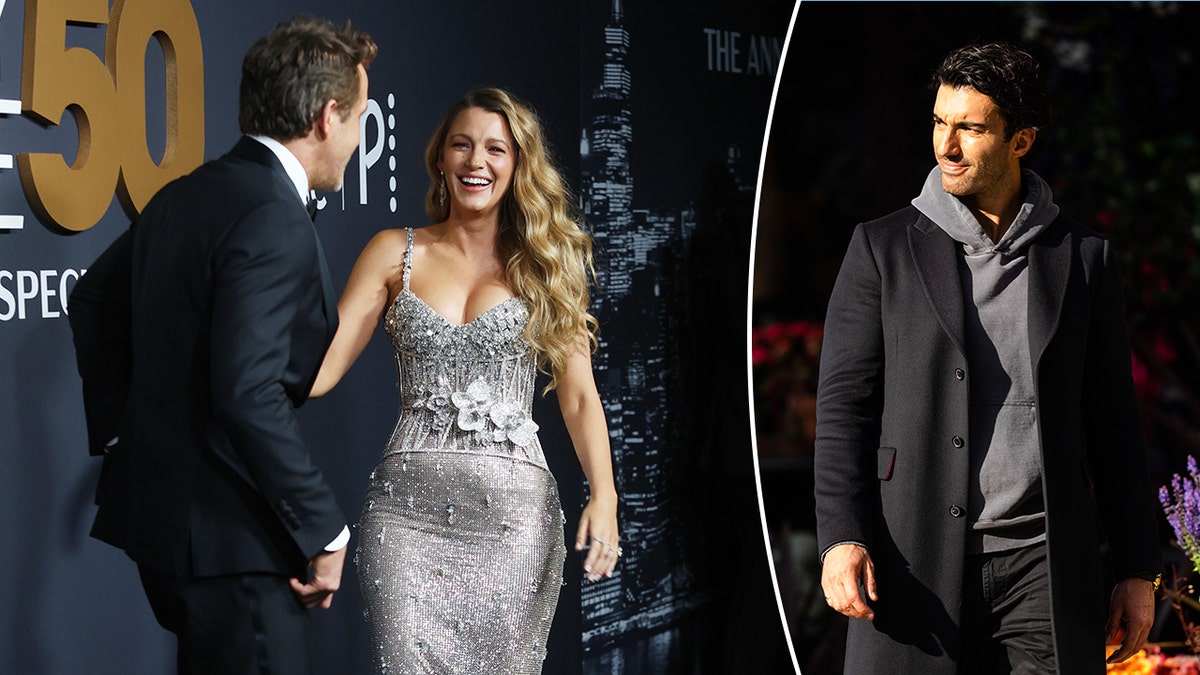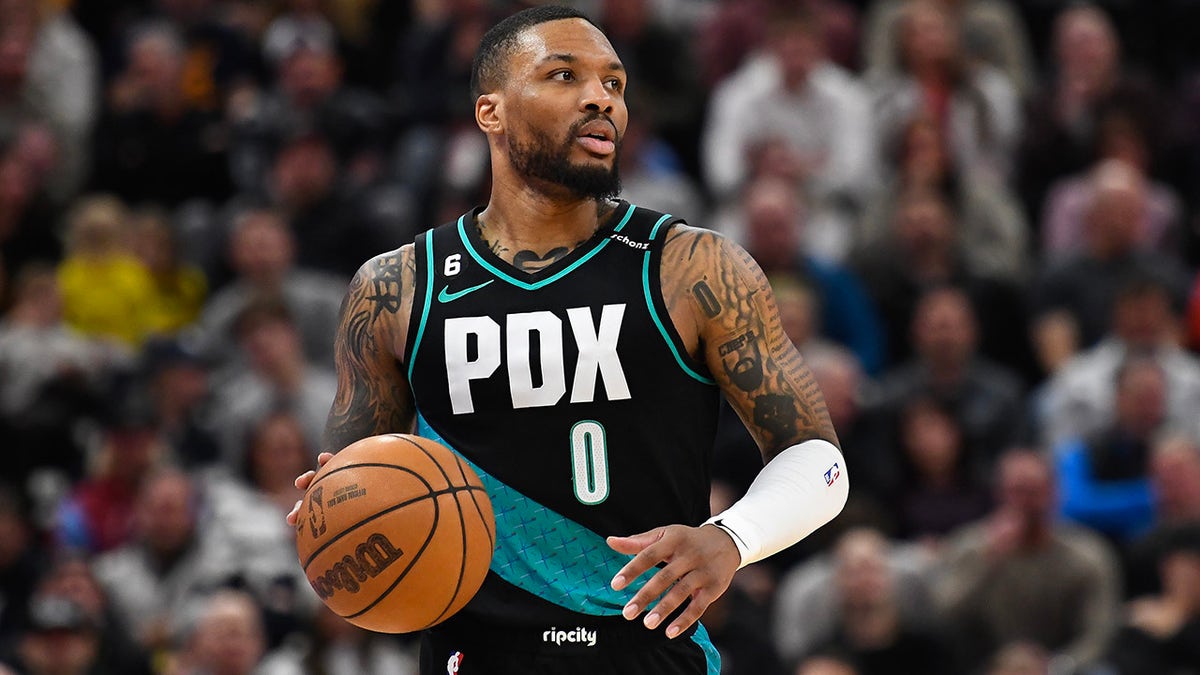Blake Lively and Ryan Reynolds' recent appearance at the "Saturday Night Live" 50th anniversary special marked their first public outing since Lively's sexual harassment lawsuit against "It Ends With Us" director Justin Baldoni. While the couple appeared cheerful, a body language expert suggests underlying tension.
Nicole Moore, analyzing their red carpet interaction, observed Lively adopting a "power position" – hand on hip, shoulders back – indicative of confidence and a desire to stand out. This contrasted with Reynolds' body language, which seemed to express a desire for closeness. He initiated a joke with Lively, leaning towards her and gesturing, but her reaction appeared surprised and slightly upset, suggesting she hadn't been privy to the joke beforehand.
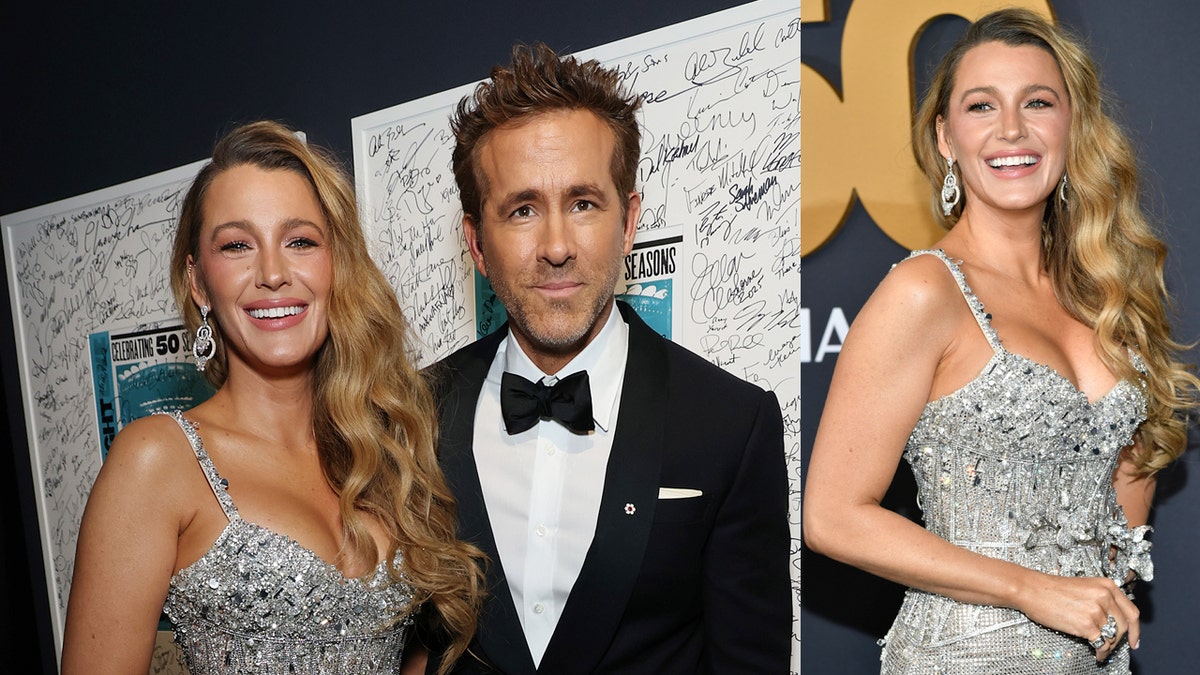
Lively's silver gown and confident posture stood out on the red carpet. (Getty Images)
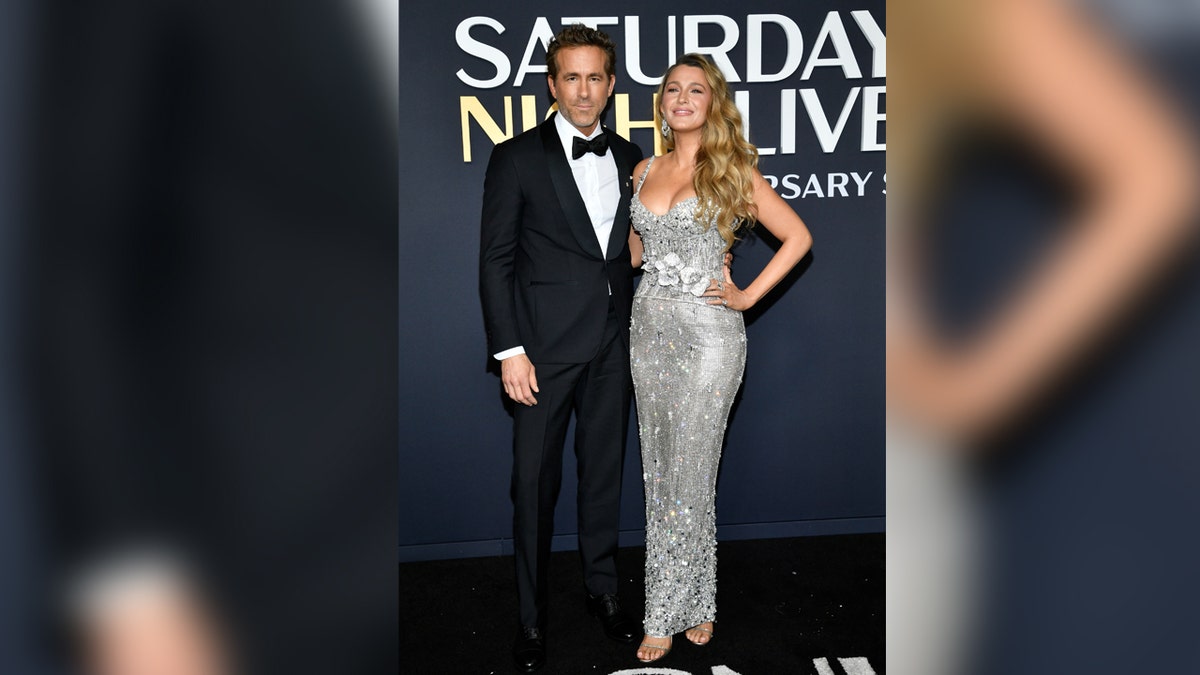
Reynolds' attempts at closeness seemed to contrast with Lively's demeanor. (Evan Agostino)
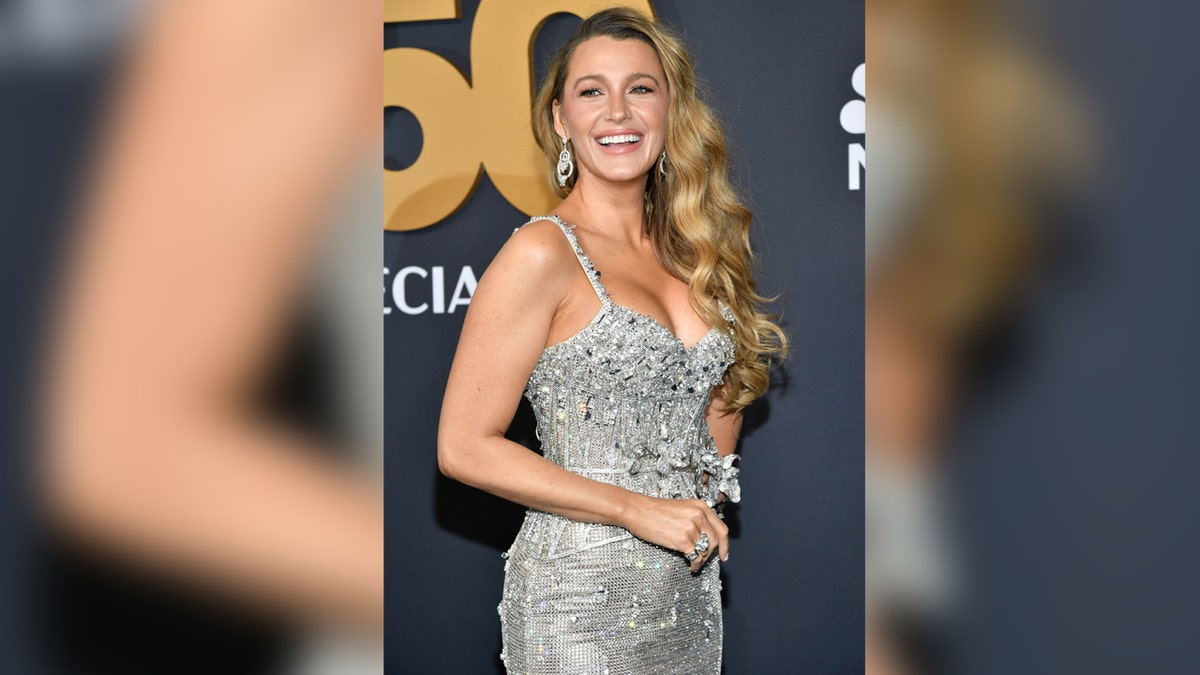
Lively's initial smile seemed to fade after Reynolds' joke. (Evan Agostino)
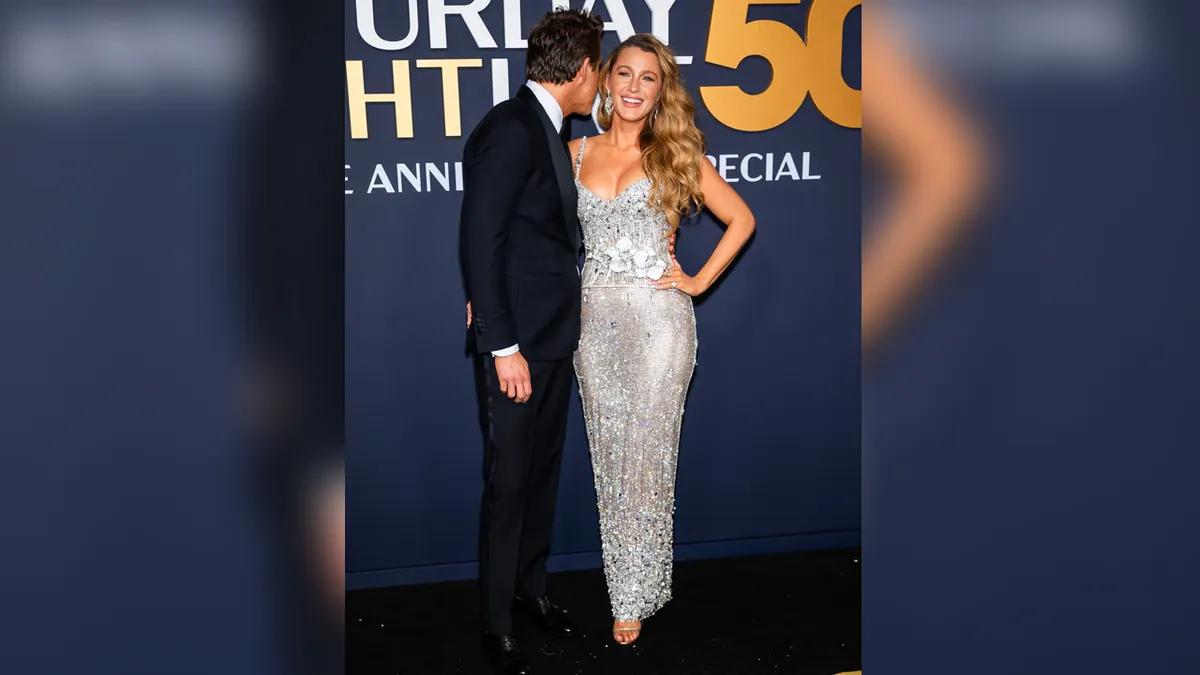
The whispered joke appeared to catch Lively off guard. (TheStewartofNY)
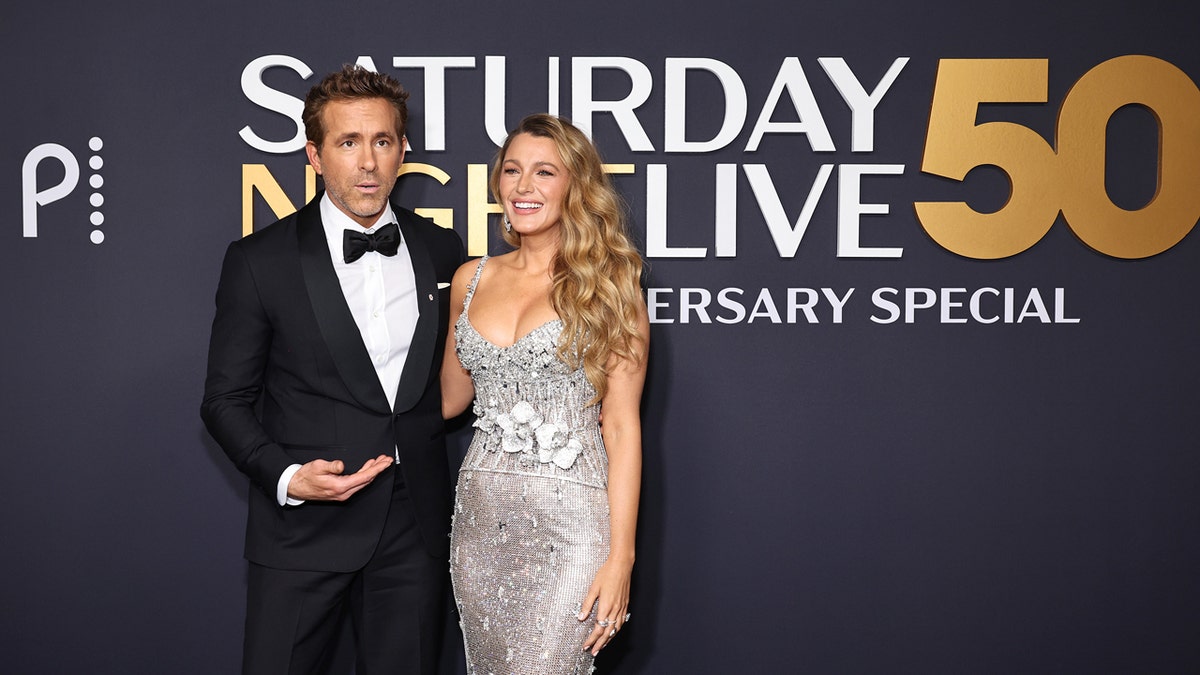
The couple's red carpet appearance was their first since the lawsuit. (Jamie McCarthy/NBC via Getty Images)
Inside, Reynolds' joke about the legal battle, seemingly referencing the ongoing public back-and-forth with Baldoni, further amplified Lively's surprise. Baldoni's lawyer expressed surprise at Reynolds' joke, considering the sensitive nature of the situation. A judge has since instructed both legal teams to adhere to New York's Rules of Professional Conduct, limiting their public statements to avoid prejudicing a potential jury.
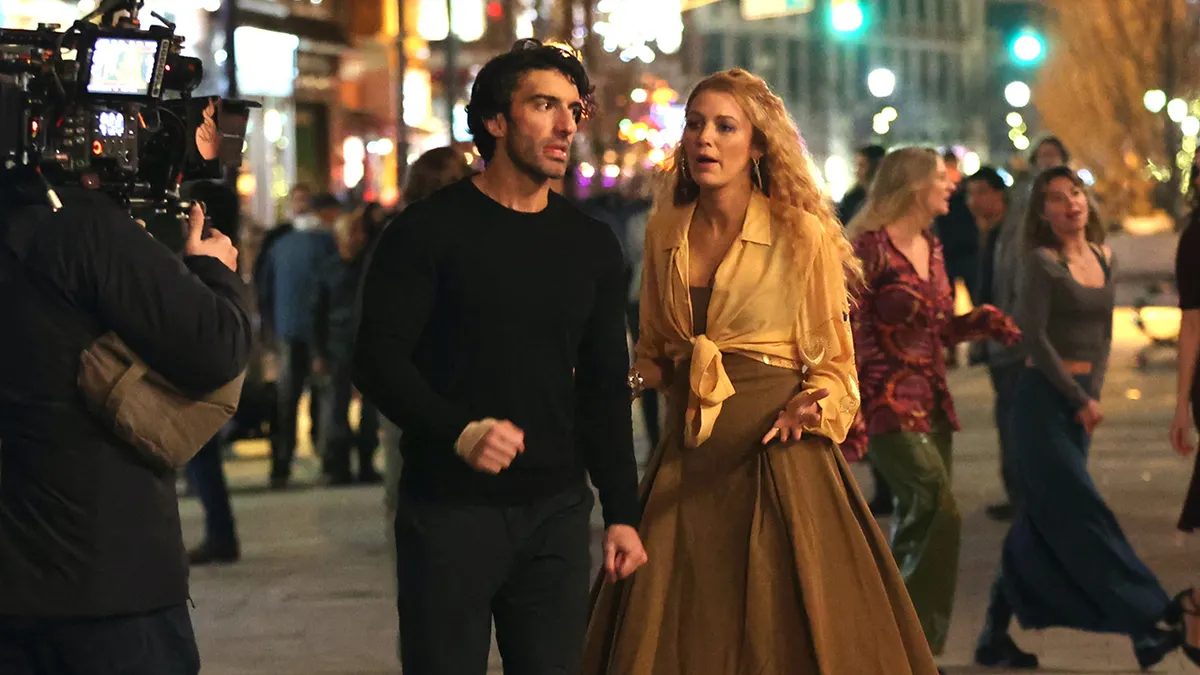
The legal battle stems from Lively's allegations of sexual harassment on the film's set. (Jose Perez/Bauer-Griffin/GC Images)
Lively's lawsuit details allegations of sexual harassment, retaliation, emotional distress, and negligence against Baldoni and producer Jamey Heath. Baldoni, in turn, has filed lawsuits against the New York Times and Lively/Reynolds, accusing them of defamation and attempting to control the narrative surrounding the film.


